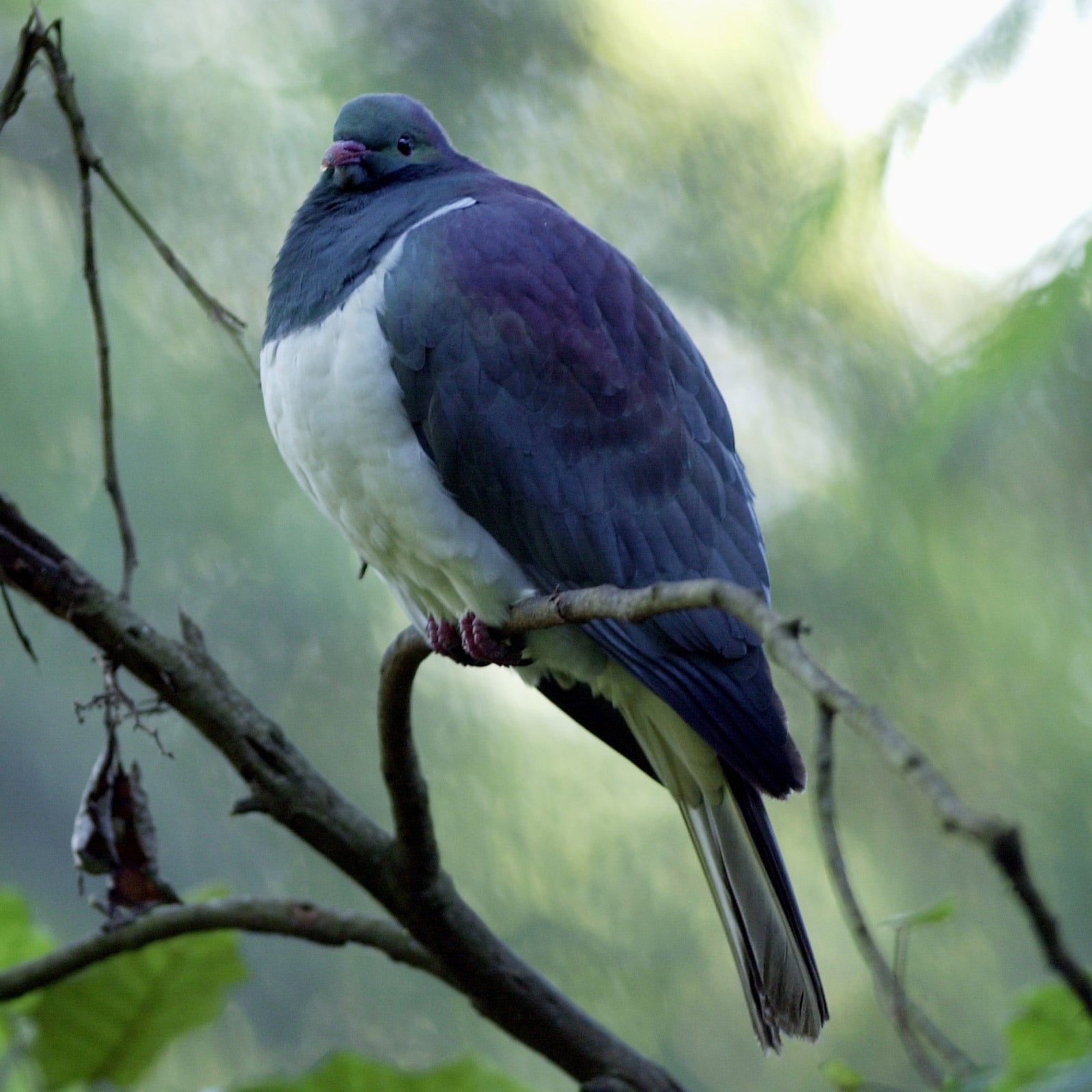Residents of Gilbert, Minnesota, were alarmed earlier in October when birds crashed into their windows and passed out on their lawns. Each year, cedar waxwings gorge on berries before migrating south for the winter. But this time, the fruit had fermented earlier than usual, and the birds that ate it got intoxicated.
While rare, reports of drunk birds—especially fruit-eating species like waxwings—go back decades. found the same birds got hammered off Hawthorne fruits. In 2012, scientists in California of cedar waxwings that had met a tragic fate: fatally crashing into windows and fences after feasting on the fruit of the Brazilian peppertree. They concluded that, indeed, “flying under the influence of ethanol” had caused the birds’ deaths. This month, New Zealand named the kereru its , in part because of its fondness for getting tipsy on fermented fruit.
Aside from occasional reports like those, little data exists on which animals can and do get drunk, according to Robert Dudley, a biologist at UC Berkeley and author of . Some animals are inclined to imbibe, albeit at a pace moderated by limited availability of alcohol—and it seems these boozy creatures can, in fact, handle their liquor.
Drinking and flying is no problem for some airborne mammals, for example. In , scientists fixed sugar water and ethanol cocktails for six species of bats that are known to feed on fermenting fruit and nectar. (When naturally occurring yeasts ferment the sugar in ripe fruit, the process creates ethanol, a volatile chemical compound and the same alcohol found in beer, wine, and spirits.) The intoxicated bats had no difficulty navigating aerial obstacles even with blood alcohol levels that would render us unfit to drive—some even had a blood alcohol content over 0.3 percent. (The scientists waited until the bats sobered up before releasing them back into the wild.)
The pen-tailed tree shrews of Malaysia spend their nights sipping berta palm nectar—which has alcohol levels up to 3.8 percent, similar to a light beer—without consequence. The amount of alcohol the shrews drink in a night is the equivalent of us drinking nine glasses of wine in 12 hours. , scientists found that the shrews’ alcohol levels reached what in humans would “indicate life-threatening chronic drinking and strong behavioral deficits.” But these mouse-resembling critters don’t stagger around, black out, or get into brawls. “They should be getting overly drunk, and they don’t,” Dudley says.
Many fruit-eating animals, in fact, eat low levels of ethanol daily.��For some��mammals and insects, especially those living in the tropics,��fermenting fruit on the forest floor is a major food group.
In the Caribbean, vervet monkeys get sloshed on stolen tourist cocktails.
Over millions of years, these animals might have evolved to clue in on ethanol. While other aromas might vary from apple to orange, ethanol doesn’t—all fermenting fruit off-gasses this molecule. So��ethanol can be a “ubiquitous and reliable” indicator that fruit is ripe enough to eat, says Dudley. Ethanol is also calorie dense, with nearly twice the amount of energy as the same amount of carbohydrates. The common fruit fly prefers to eat and lay eggs in . Dudley thinks humans evolved a similar attraction to ethanol.
Scientists have found that around the same time that our ancestors began to walk on two feet, about 12 million years ago, they also evolved better enzymes to metabolize alcohol, perhaps in order to eat extra-ripe fruits they picked up from the ground. Our central nervous system also rewards alcohol drinking for reasons unknown, making us feel happy and social after a glass or two.
It’s hard to say if animals who seem to enjoy getting drunk enjoy it for the same reasons we do. In the Caribbean, for example, vervet monkeys get sloshed on stolen tourist cocktails. While they seem to like the taste of the drinks, it’s unclear whether they have a fuzzy-feeling psychoactive reward similar to our own, Dudley says. But in one curious parallel, male fruit flies when recently rejected for mating by females.
According to Dudley, alcoholism can be seen a “disease of nutritional excess.” We evolved to sense and digest low levels of ethanol, but the distillation process has made the formerly limited chemical available in excess.
As for cedar waxwings, however, you probably don’t have to worry about them developing a taste for alcohol and going after your booze. Their sense of smell is much worse than that of mammals, and they mostly target food by sight, Dudley says. For them, getting drunk is more accident than evolutionary attraction gone awry.


